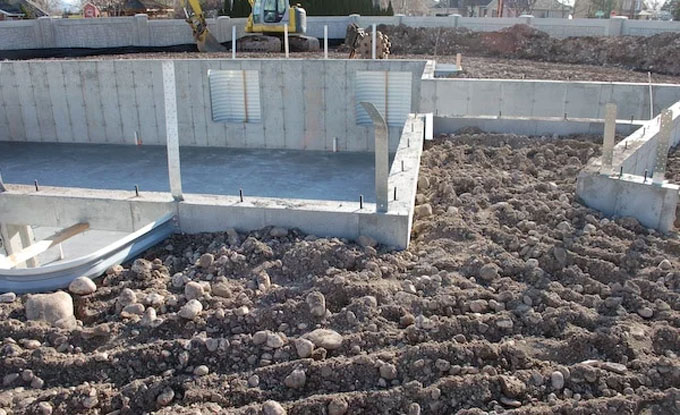
Method of backfilling in building construction
In construction, backfill is used as a substitution of soil that is taken off throughout building construction. The purpose of backfilling is to fortify and provide strong support to the foundation of any structure. There are several types of backfills which are applied as per needs.
Categories of Backfills:
Course Grained Soil: Coarse-grained soils comprise of gravelly and sandy soils and which vary from clayey sands (SC) through the well-graded gravels of gravel-sand mixtures (GW) containing little or no fines.
Fine-Graded Soils Of Low To Medium Plasticity: In organic clays (CL) of low to medium plasticity (gravelly, sandy, or silty clays and lean clays) and inorganic silts and very fine sands (ML) of low plasticity (silty or clayey fine sands and clayey silts) are contained in this category.
Commercial By-Products: Various commercial by-products, like furnace slag or fly ash can be used as backfill materials where such products are found in local areas and where proper natural materials are unavailable. Fly ash is frequently utilized as a lightweight backfill behind a 25-foot-high wall as well as an additive to extremely plastic clay. The applicability of these materials is based on the acceptable characteristics of the backfill and the engineering characteristics of the products.
CLSM: CLSM stands for a self-compacting, flowable, low-strength cementitious material that is mainly utilized as backfill, void fill and utility bedding as a good substitute to compacted fill.
Traditional CLSM mixtures normally comprises of water, Portland cement, fly ash or other equivalent products, fine or coarse aggregates or both. Fly ash acquired from thermal power plant is applied.
Steps of Backfilling:
1. Prior to start backfill method, make sure that the foundation cures for minimum five to seven days. There is possibility of cracking when backfilling is done ahead of time.
2. The types of materials should be selected which will be utilized for back filling of foundation. A combination of different materials like rocks, soil and stone are generally utilized. Some soil can sustain excessive moisture that can provide harm to the foundation.
3. It is recommended to back fill the whole section encircling the foundation of your home. A backhoe should be applied to dig and compress the earth and stone with the purpose of cleaning the area for constructing a structure.
The amount of necessary steel is measured with the following two approaches:
4. The back fill should be started instantly as soon as the building utilities are set up along with the drainage system, insulation and waterproof structures. Rough and abrasive type of soil is mostly suitable for back fill since these materials discharge efficiently as compared to others. The backfilling should be started at the corners and ensure that the distribution of the soil is uniform so that sufficient lateral support can be arranged for the walls of your home.
5. By applying the excavator, fill in twelve inches of mixed materials on the sides of the area. Then, apply the rolling compactor to compress the soil and stone. Reiterate the similar back fill method unless the whole area is fully filled.


